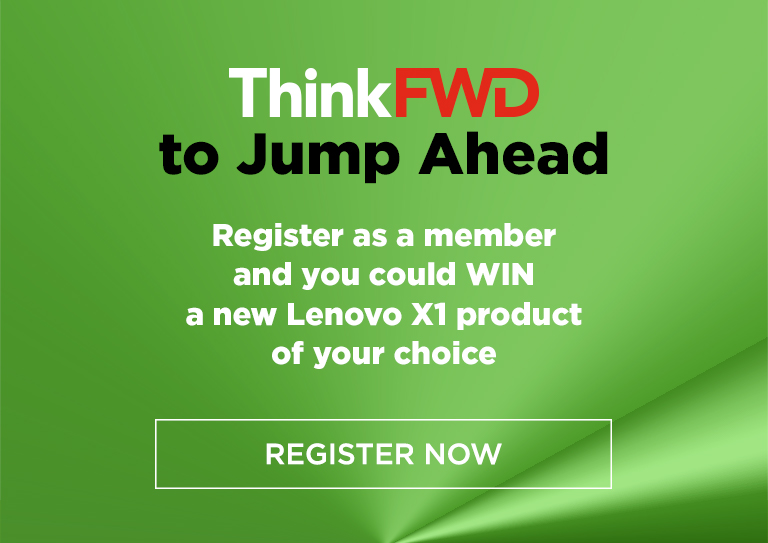Thorsten Stremlau, Lenovo’s WW Principle IT Architect, discusses the IT trends to watch in 2016.
The FIDO Alliance
The first trend I’m focusing on here isn’t too well known by our customers at the moment, but it will have a significant impact in the next few months. It’s the FIDO Alliance, and was set up by Lenovo, Google and PayPal to provide a standard for fingerprint authentication.
The mission is to simplify the way people provide authentication for their PCs or whatever infrastructure they’re trying to log onto. Think of how many passwords people have to remember. Sometimes when you log on from somewhere else, companies insist on sending a code to your phone, but biometric authentication gets rid of all of that. The first really impressive implementation of FIDO is Windows Hello in Windows 10. This uses a 3D camera to recognise your face and log you in without a password. Windows 10 and the Google Chrome browser have integrated the full FIDO features, so it’s already starting to spread.
This development is crucial for enterprise. Lots of companies are struggling with password security. Smart cards are one way companies try to sledgehammer a solution in place, but users hate smart cards, and they’re cumbersome to manage. With the creation of the FIDO Alliance, companies will be able to quickly and easily implement more secure ways of authenticating and protecting their data without locking themselves into a proprietary solution. Any company looking at a security project should be very actively looking at the FIDO Alliance to provide that solution.
Wearables and healthcare
Lenovo is making big strides in this area. As well as wearables like the Moto 360 that measure heartbeat and movement, we’re also working with a company called Valedo which measures spinal movement. We have smart shoes that measure how you walk, and a mobile temperature sensor that monitors your body temperature. Plus Lenovo has a partnership with a company called ATMOS Global™. Using all of these, we can build up a pretty comprehensive picture of how we behave and how we move around.
Using data analytics, we can now make really confident predictions about both sickness and health issues. With the temperature sensor, for example, we can predict women’s ovulation cycles down to the hour. Equally, we’re also able to tell if someone is getting sick before it’s possible to diagnose anything, because their rate of movement slows down. They walk differently. It’s more pronounced as you get older, but it happens to people of all ages. Very soon, it’ll become a lot easier for doctors to make more informed diagnoses because they have access to a much broader spectrum of information. So Lenovo-assisted healthcare is set to be a huge trend in the near future.
The workplace of the future
This concept first emerged in the 1980s but has recently had a resurgence. It basically involves incorporating more leisure space within the workplace. In other words, the provision of leisure cubicles as well as work cubicles, a more prominent cafeteria and so forth.
The problem is, from an IT perspective, many companies haven’t evolved beyond the traditional clamshell laptop they give everyone. That’s another area Lenovo is working on – we have 30-odd devices in our enterprise portfolio that address all requirements users would have in that environment. I can take any kind of device and still get the same optimised experience that allows me to do my job properly.
One example of this is the Lenovo Phab. It’s a 7-inch tablet, but it can make phone calls too. But everything is optimised from small phones all the way up to the Phab.
On the software side, we have a company called Stone Ware. They tie the applications to the device. For example, a Word document has to be presented differently on a 5-inch screen than on a 27-inch screen. Or, if you’re watching a video, it has to be presented and compressed in a different way on a 4-inch screen. Stone Ware optimises the delivery of various content depending on the capabilities of the device. By unifying the optimised device and the optimised content delivery, we reach the workplace of the future, where you’re able to work exactly the way you’re most comfortable working, rather then being given a standard way of working that you have to conform to. Expect to see a lot more of it in 2016.
This article was originally published on Think Progress.






















